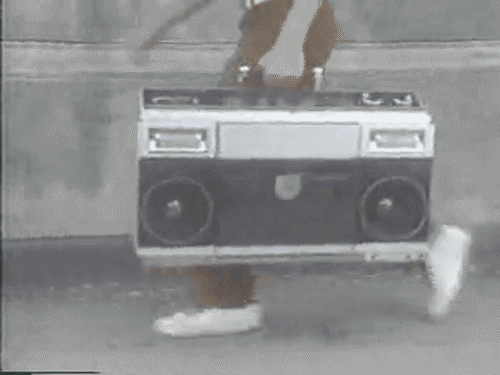Rainy day woman

Sam Sklair “Pop Goes the Gumboot” RCA Victor (1969)
Sam Sklair did not invent the ‘gumboot dance’. He merely adapted the rhythms and sounds that are typical for the original style. The origins of ‘gumboot dancing’ can be traced back to the gold mines of South Africa at the height of the migrant labour system and during the oppressive Apartheid Pass Laws. The original name is ‘Isicahulo’ in the Baca language. ‘Gumboot dancing’ was performed by mine workers who worked in the Witwatersrand goldmines near Johannesburg. At best, working in the mines was a long, hard, repetitive toil. At worst, the men would be taken chained into the mines and shackled at their work stations in almost total darkness.
The floors of the mines were often flooded, with poor or non-existent drainage. For the miners, hours of standing up to their knees in infected waters brought on skin ulcers, foot problems and consequent lost work time. The bosses discovered that providing gumboots (Wellington boots) to the workers was cheaper than attempting to drain the mines. This created the miners uniform, consisting of heavy black Wellington boots, jeans, bare chest and bandannas to absorb eye-stinging sweat.
The workers were forbidden to speak, and as a result created a means of communication, essentially their own unique form of Morse Code. By slapping their gumboots and rattling their ankle chains, the enslaved workers sent messages to each other in the darkness. From this came an entertainment, as the miners evolved their percussive sounds and movements into a unique dance form and used it to entertain each other during their free time.
Gumboot dancing has developed into a working class, South African art form with a universal appeal. The dancers expand upon traditional steps, with the addition of contemporary movement, music and song. Extremely physical, the dancing serves as a cathartic release, celebrating the body as an instrument, and the richness and complexities of South African culture.
When Sam Sklair made ‘Gumboot Dance’ the sound, tailored to fit the African style of the numbers, caught the ear of record buyers in many parts of the world, and the demand for more of the ‘Gumboot Sound’ became irresistible. But first it appeared that another record of African type songs would be essential to give voice to the distinctive rhythms of Gumboot, Sam had different views on the subject and decided to take current ‘pop’ tunes and give them the treatment. The result was ‘Pop goes The Gumboot’, an album that was released in 1969. It features great versions of ‘Aquarius’, ’Grazing in the grass’ and hits like ‘Swinging Safari’ and ‘I can’t help myself (sugar pie, honey bunch) originally a US smash for The Four Tops. That the ‘Gumboot Sound’ moved so effectively from its natural element to an entirely new medium is not only adequately proved on this record but is also a tribute to Sam Sklair’s sound. – Soul Safari



 (47 votes, average: 4.30 out of 5)
(47 votes, average: 4.30 out of 5)







March 15th, 2010 at 6:46 pm
If this how we dress for a little wetness… I’ll need to wear my rubbers too.
March 15th, 2010 at 11:56 pm
is… OOPS! I really need to start wearing my glasses.
March 16th, 2010 at 10:12 am
Well, I WOULD not FEEL so all aLONE….!
March 16th, 2010 at 5:47 pm
Sam Sklair? Really? A rare appearance outside the shadowy world of production library records (primary Conroy).
March 17th, 2010 at 7:19 am
At Camp Lejeune Gunny Daddy used to say never ever shower without your raincoat and rubbers on!”
March 20th, 2010 at 1:05 am
thats pretty hot in that period cause she must be with my granny’s age